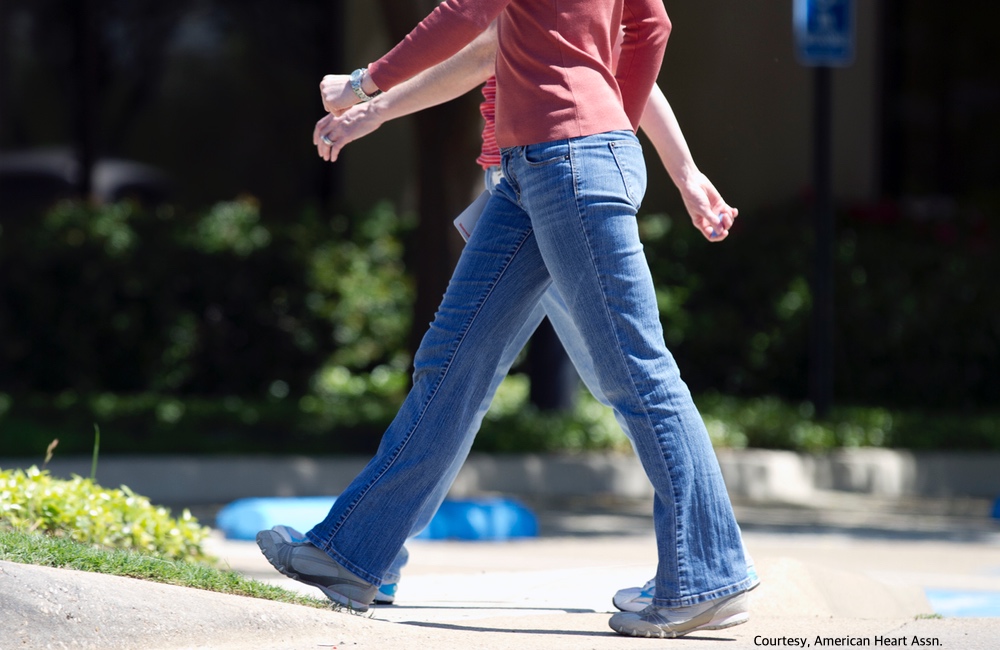People who suffer from severe, long−term depression that has been unresponsive to medications in the past may be helped by a new experimental treatment called cortical brain stimulation. The new study was presented at the annual conference of the American Association of Neurological Surgeons, in San Diego this month.
After completing their treatments, patients in the active stimulation group reported their symptoms decreased by an average of about 22%.
Participants in the study had been affected by depression for an average of 27 years, says lead author Emad Eskandar, who is affiliated with Harvard Medical School and Massachusetts General Hospital. They had, on average, tried about 10 different varieties of anti−depression medications, and their existing episode of depression had lasted for at least six years. Eskandar says the participants "were very, very sick people who were out of options."
In contrast to deep brain stimulation, which, as the name suggests, places electrodes deep into the brain, cortical brain stimulation is less invasive, as electrodes are placed just outside the protective lining of the brain. In the current study, 12 patients received either cortical brain stimulation or a "sham" procedure over a period of eight weeks. Electrical pulses were applied to the left dorsolateral prefrontal cortex (DLPFC) of the six experimental participants; this area is involved in the planning, organization, execution of motor movements as well as in regulating some higher cognitive processes — and, of course, major depressive disorder. After the eight−week period, both groups were given active cortical stimulation.
"That may not sound like a lot, but to get any response at all in an otherwise extremely refractory group is extremely promising. This is a potentially less invasive therapy," said Eskandar. "We also learned that improving the electrode position and giving more current got better effects, so, in the future, we have a pretty good idea of how to improve on this."
The researchers are currently working on a larger clinical trial to investigate further the use of this procedure.




